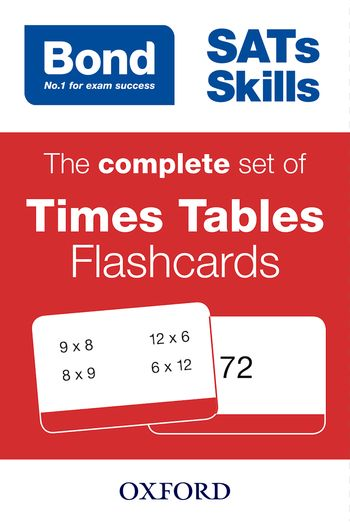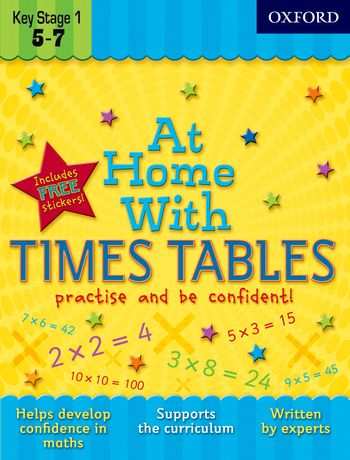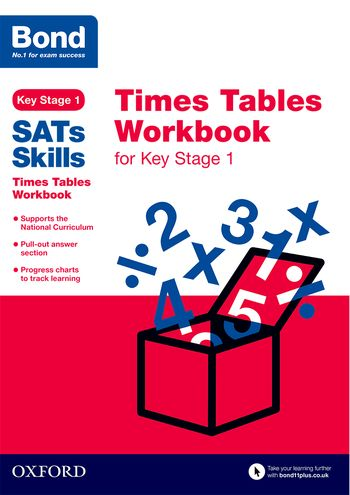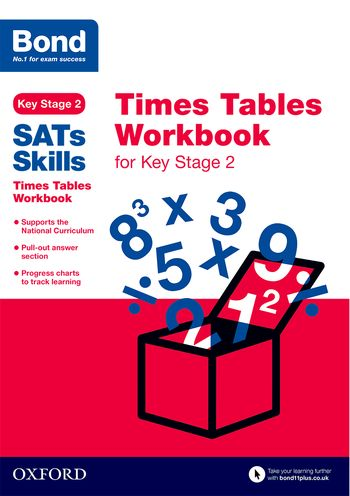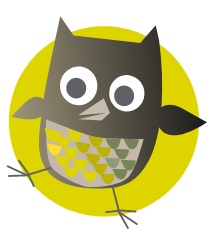In primary school, children learn that division is about sharing things or grouping things. Here, we have put together some easy activities that you can try at home to build your child’s understanding of division.
1. Real life opportunities
Sharing or grouping toys, food, money or counters – whenever we help our children to share things or group things equally, we’re building their ability to divide.
Children learn very early on about sharing objects ‘fairly’ amongst themselves. So look for everyday opportunities to share and group items. Real life often provides the best opportunities to try this out, and it shows children that we use maths everyday in many different ways.
Sharing:
We have 6 strawberries to share between 2 of us. How many will each of us get?
Grouping
Try decorating fairy cakes:
We have 12 chocolate buttons. Each cake needs 3 buttons. Put the buttons into groups of 3 to see how many cakes we can decorate.
Cut out our cupcake counters (on page 18 of our Division booklet). Count out an amount of cakes that you know can be divided into whole numbers. See if your child can share them out equally.
2. Dividing by 2 and halving
In life, the number we divide by most of all is 2. This is the first number children will learn to divide by in school. Dividing by 2 is exactly the same as finding a half (1/2) of something, or half an amount.
Children will be shown that dividing by 2 and halving are the same. If we can help children to understand this at home as well, they will find it easier to remember what they need to do when asked to divide by 2 or halve in school. It will also help them when they need to see the link between further division and fraction problems.
Use toys, food or pennies to explore this together.
Half of 6 toy cars (or play figures) = 3
6 toy cars divided by 2 = 3
3. Play games together
Playing games such as pairs or snap with your child can be a fun way to practise division.
Use our easy-to-follow instructions and cut-out cards to play ‘dividing by 9’ games or ‘dividing by 7’ games.
Make some Question and Answer cards for another division table and use them to play Snap, Pairs, Treasure hunt or another matching memory game.
4. Have a division treasure hunt
Use our cut-out cards – on page 23 of our Division booklet – to have a division treasure hunt. Alternatively, make your own cards.
Choose one person who’s not going to play – perhaps an adult. This person shuffles the cards and hides them around an agreed area – perhaps a room in your home or an outside space.
Choose a ‘home area’ – a table, shelf or bit of floor where players can pile up matching sets that they find. Now all the players need to hunt for the cards.
If a player finds a card, they need to memorize it and leave it where it is until they’ve spotted the card that matches it, e.g. 28 ÷ 7 matches 4.
When they’ve spotted both cards in a pair, they’ve got 7 seconds to pick up both cards and place the pair in the home area. The person not playing makes sure that no one holds any cards for more than 7 seconds and that each player has their own pile in the home area for their matching sets.
The winner is the player with the most pairs when all twelve pairs have been found.
More from Oxford Owl
- Booklet: Maths in School – Division. All you need to know about how children learn about Division at school, plus lots of great ideas of fun ways you can use at home to build your child’s skills and confidence at multiplication.
- Oxford Owl: Maths at primary school. Information and videos to explain how maths is taught at school.
Books to support learning at home
Please note: all book links lead to more information on Amazon.co.uk
Bond SATS Skills: Times Tables Flashcards
Designed to meet national curriculum requirements, these cards offer easily accessible multiplication practice for children.
At Home with Times Tables
A fun activity workbook for children, aged 5-7 years, to do at home.
Bond SATs Skills: Times Tables Workbook for Key Stage 1
Develop confidence and rapid recall of first times tables.
Bond SATs Skills: Times Tables Workbook for Key Stage 2
Builds multiplication skills to meet the expectations of the National Curriculum for Key Stage 2.

